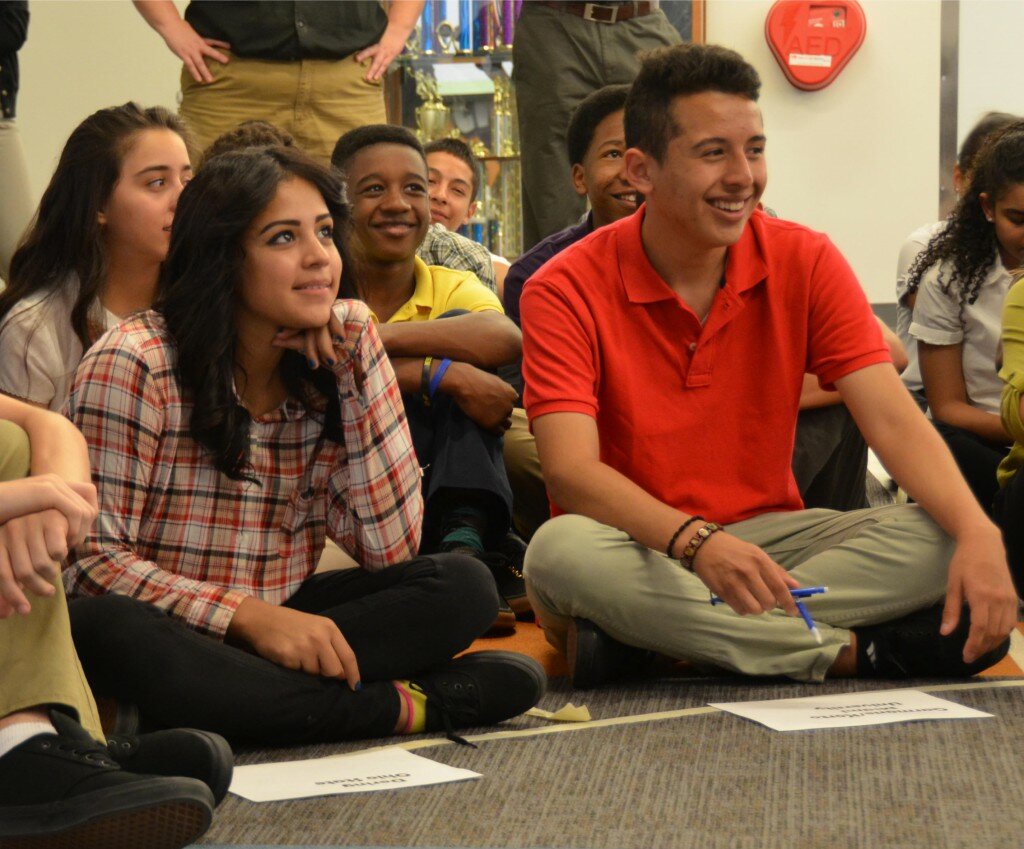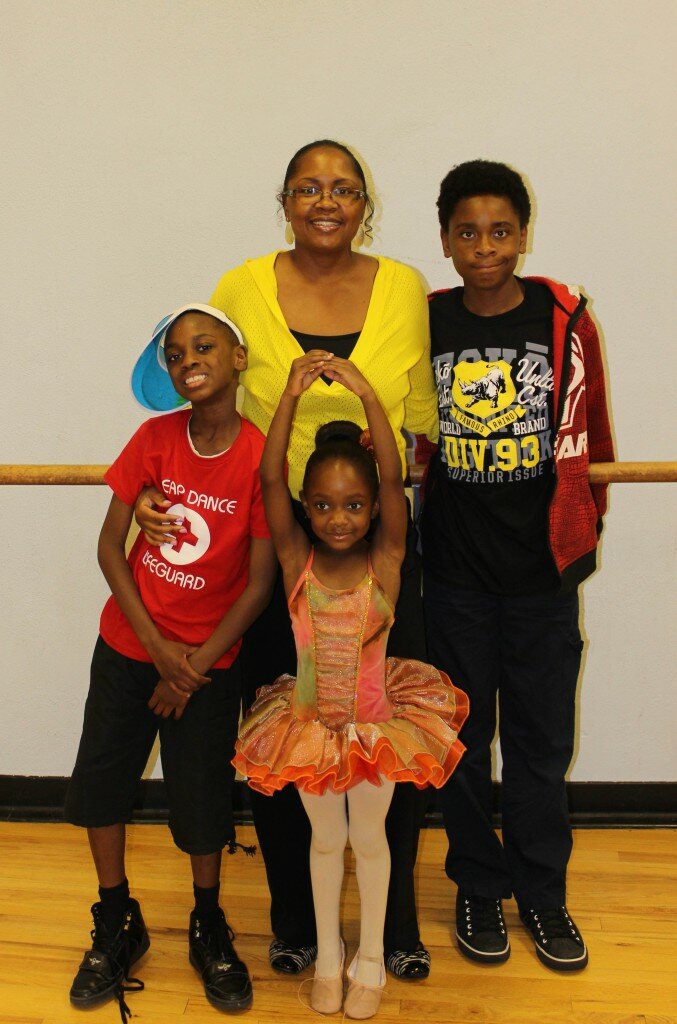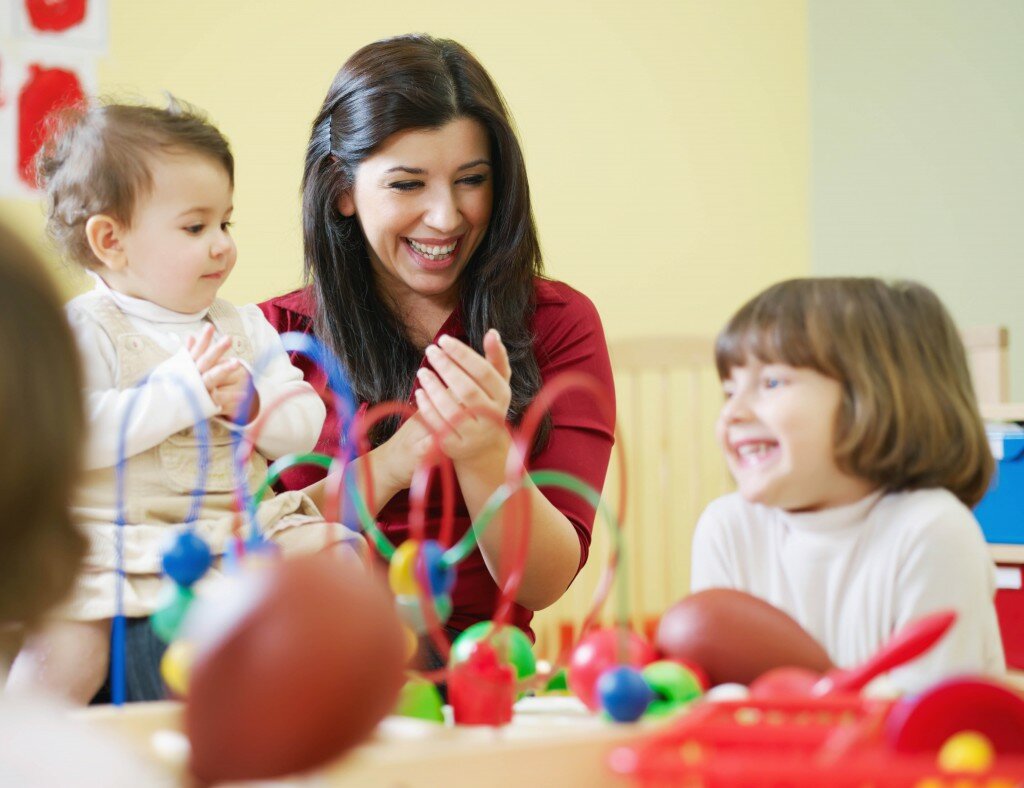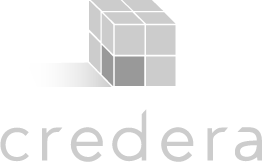
This week, Colorado School Grades is partnering with Moms Fight Back to highlight school safety issues. Check out Heidi’s first post about questions to ask when searching for a safe school for your child.
by Heidi Ganahl
74% of eight to 11-year-olds say teasing and bullying happen at their school according to the National Crime Prevention Council. Bullying in schools is not an unusual problem, it is not bias to age or gender and it occurs in every state across the US. The importance of taking bullying seriously cannot be overstated. Victims of bullying and bullies themselves often struggle in school, experience a low self-esteem, become depressed and turn to violent behavior. Michigan State University School Violence Specialist, Glenn Stutzky, stated, “We have a whole generation of adults in the educational system that still view bullying as ‘just that’s the way it is.’” If we want our children to be safe, enjoy school and grow up to be respectable adults, we cannot accept this as the status quo.
As moms, we must remember that our children may be involved in bullying in a variety of ways: they may be the bully, they may be the victim, or they may be the witness of bullying. All three of these situations require us to guide our children effectively and to do what we can to empower them to behave with respect and kindness toward others.
Mom’s Fight Back has written several posts on bullying including “Cyberbullying 101 + Prevention Tips,” “Schools and Students Take a Stand and Get Creative | Bullying Prevention,” and “Kids Making a Difference: Anti-bullying.” Today we want to share with you 9 things you can do as a mom to protect your child from bullying at school. These tips have been curated from the National Crime Prevention Council and StopBullying.gov.
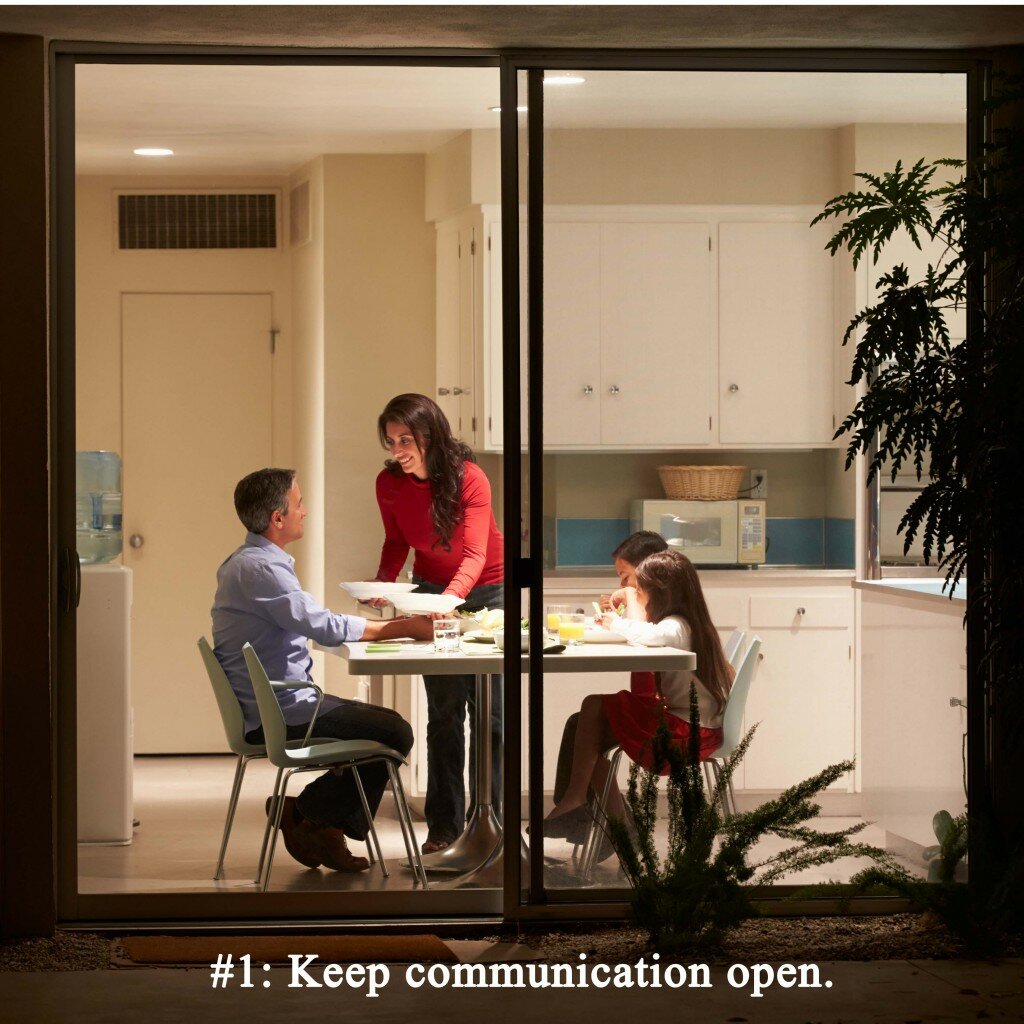 1. Keep communication open. Ask your children how their day was and listen to what they say about school, social events, and their classmates. Pay attention and provide encouragement / guidance on any concerns or problems they share. Know who their friends are and help them feel comfortable talking to you.
1. Keep communication open. Ask your children how their day was and listen to what they say about school, social events, and their classmates. Pay attention and provide encouragement / guidance on any concerns or problems they share. Know who their friends are and help them feel comfortable talking to you.
2. Talk to your children about bullying and make sure they understand its consequences. Discuss what bullying is and how they can stand up for themselves and others safely. Explain why bullying is unacceptable and the negative impact it can have on people’s lives. Educate your children on where they can get help at school.
3. If you witness or hear about any bullying, respond right away. Do what you can to stop the bullying – even if your child is the one bullying.
4. Encourage your children to help others who need it and to stand up for those being picked on or teased.
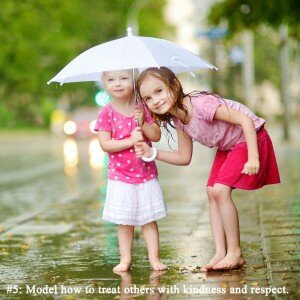 5. Model how to treat others with kindness and respect. Never bully your children or bully others. Children who are bullied at home often react by bullying others. If your kids witness you hit, ridicule or gossip about someone, they will be more likely to do it themselves.
5. Model how to treat others with kindness and respect. Never bully your children or bully others. Children who are bullied at home often react by bullying others. If your kids witness you hit, ridicule or gossip about someone, they will be more likely to do it themselves.
6. Support the bully prevention programs in your local school and community. If a program does not currently exist, reach out to other parents, teachers and concerned adults and start your own.
7. Teach your children how to solve problems without violence or harsh words. Recognize and praise them when they address issues, frustrations, or negativity in a peaceful and positive way.
8. Remember the importance of your kids feeling confident enough to stand up for what they believe in. Don’t hesitate when it comes to giving positive feedback and strive to have a safe and supportive home environment.
 9. Encourage your kids to participate in activities they love. Pursuing their interests and hobbies can boost their confidence, help them make new friends and can help protect them from bullying.
9. Encourage your kids to participate in activities they love. Pursuing their interests and hobbies can boost their confidence, help them make new friends and can help protect them from bullying.
By addressing bullying ahead of time, we have a better chance of keeping our kids engaged, happy and confident at school and at home. We will also be playing a part in the effort to decrease school violence and youth suicide. Let’s work together to be proactive and make a positive difference in the lives of our children.
Heidi Ganahl, founder and CEO of Camp Bow Wow and The Bow Wow Buddies Foundation, is also the founder of Moms Fight Back. Moms Fight Back is building a community of Colorado moms to tackle the issues only a mom is brave enough to take on! Our mission is to make moms the most important players in politics and problem solving for a happier, healthier, safer world for our kids! We may not be soldiers on the front lines, but we are soldiers nonetheless, fighting for our children’s lives; fighting to keep our kids healthy, sane, happy, safe. If not us, then who? Take the first step and join the army of moms at Moms Fight Back!

 |
| 








 DSST’s mission is to transform urban public education by eliminating educational inequity and preparing all students for success in college and the 21st century. We have a focus on being ready for college throughout our curriculum from 6th through 12th grade. Our students are required to pass rigorous courses, like pre-calculus, before graduating from DSST. They also participate in both an internship, which gives them an eye into the working world, and a senior project which asks them to research and write an extended paper on a topic before presenting it to a panel of adult DSST community members.
DSST’s mission is to transform urban public education by eliminating educational inequity and preparing all students for success in college and the 21st century. We have a focus on being ready for college throughout our curriculum from 6th through 12th grade. Our students are required to pass rigorous courses, like pre-calculus, before graduating from DSST. They also participate in both an internship, which gives them an eye into the working world, and a senior project which asks them to research and write an extended paper on a topic before presenting it to a panel of adult DSST community members.
